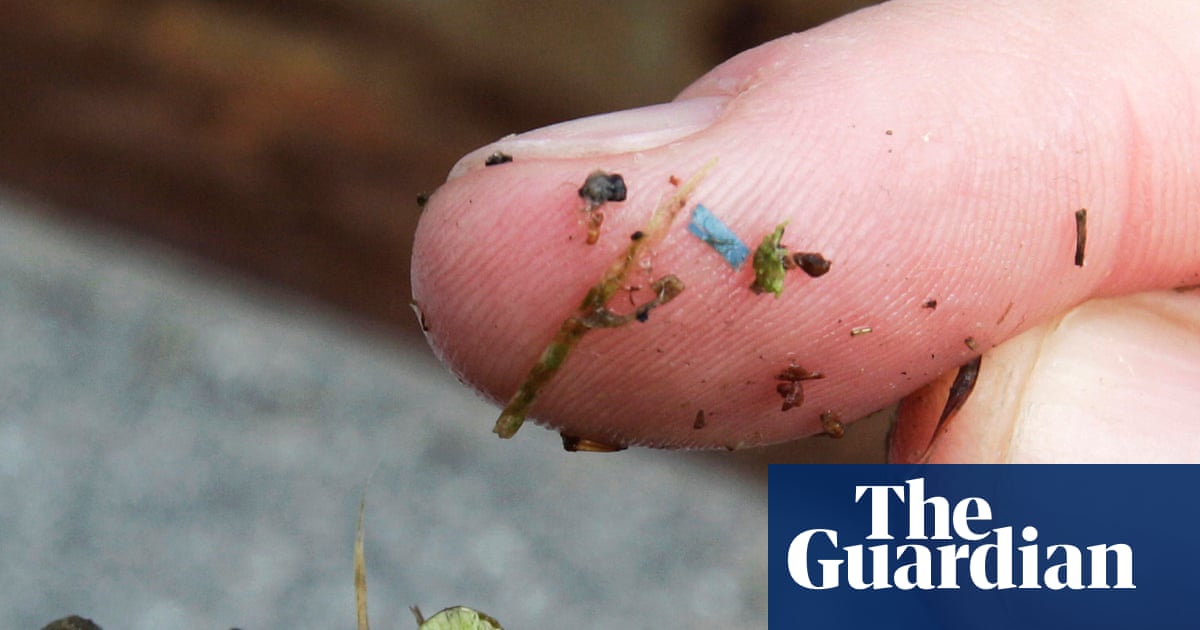sufi
lala

been reviewing recent literatures
sinister correlations all over the place 👻
some data https://www.ncbi.nlm.nih.gov/pmc/articles/PMC3963851/
trends in parasitology
opposite neurotic effects on men and women https://www.sciencedirect.com/science/article/abs/pii/S0022395614002866?via=ihub 🙃
spurious links to capitalistic behaviour
How and why Toxoplasma makes us crazy - Anna’s Archive
Flegr, Jaroslav Elsevier Science; Elsevier ; Elsevier BV (ISSN 1471-4922) Trends in Parasitology, #4, 29, pages 156-163, 2013 apr
like a protozoa conspiracy - what is the aim of toxo?🤪



